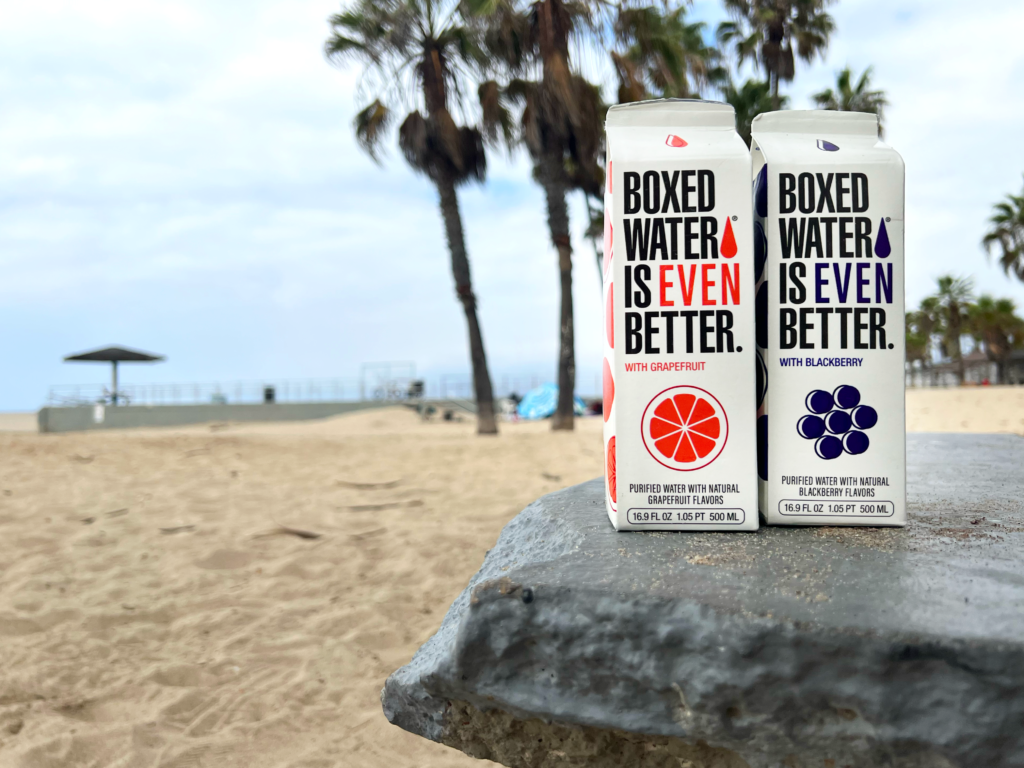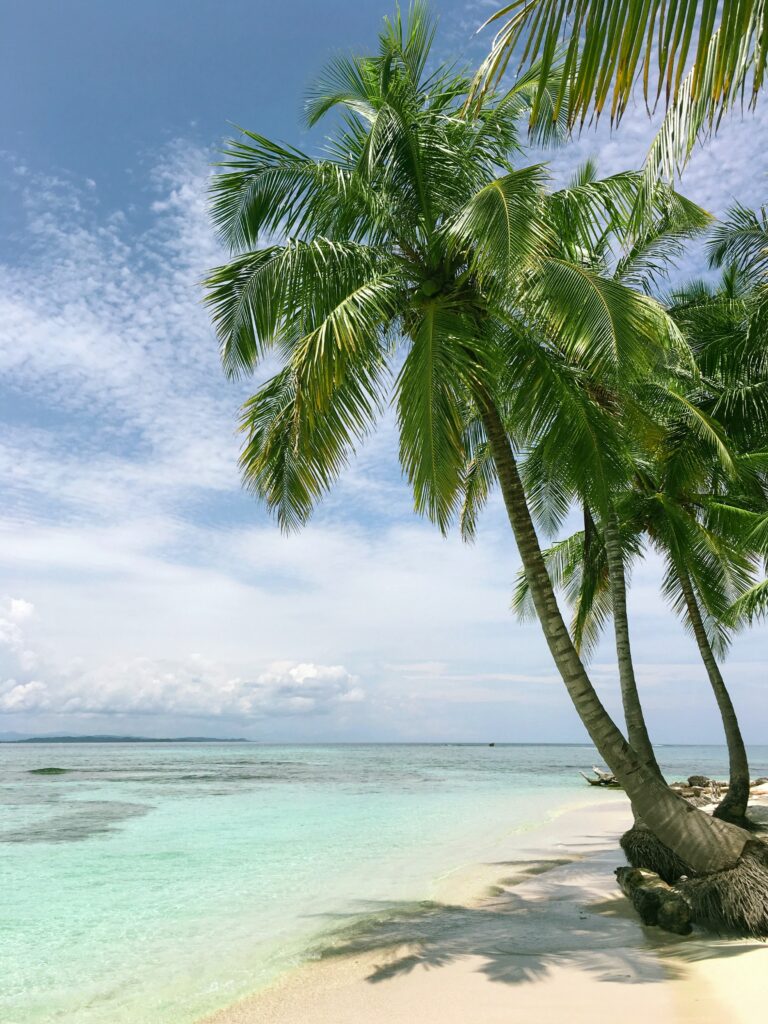Are you planning a trip to Myrtle Beach, South Carolina? Wondering what the temperature there is like? Look no further! Introducing “What Is The Temperature In Myrtle Beach South Carolina” – your ultimate weather companion for this popular vacation destination. With just a simple click, you can instantly find out the current temperature in Myrtle Beach, ensuring you pack the right clothes and plan your activities accordingly. Say goodbye to unexpected weather surprises and hello to a stress-free vacation with this handy tool at your fingertips. Don’t let unpredictable weather dampen your plans – stay informed and enjoy your time in Myrtle Beach to the fullest!
Myrtle Beach, South Carolina
Welcome to Myrtle Beach, South Carolina! This charming coastal city, located in Horry County, is a popular destination for beach lovers and outdoor enthusiasts. With its warm climate and beautiful beaches, Myrtle Beach offers an array of recreational opportunities and a vibrant atmosphere that attracts visitors from all over the world.
Location and Climate
Myrtle Beach is nestled along the eastern coast of South Carolina, with the sparkling Atlantic Ocean on one side and the breathtaking Appalachian Mountains on the other. Its latitude of approximately 33 degrees north places it in the subtropical climate zone, resulting in mild winters and hot, humid summers.
Annual Temperature Range
Throughout the year, Myrtle Beach experiences a significant range of temperatures. The average annual temperature ranges from around 60 to 75 degrees Fahrenheit, providing a pleasant climate for beachgoers and those seeking outdoor activities.
Monthly Temperature Variations
The temperature in Myrtle Beach varies significantly on a monthly basis. In the summer months of June, July, and August, temperatures can soar as high as the 90s, creating the perfect conditions for a beach getaway. Spring and fall offer milder temperatures, averaging in the 70s, making it an ideal time to explore the city’s attractions and enjoy outdoor adventures. Winter temperature ranges from the 40s to the 60s, still providing comfortable conditions for those seeking a break from colder climates.
Factors Influencing Temperature
Several factors contribute to the temperature variations experienced in Myrtle Beach. These factors include latitude, proximity to the Atlantic Ocean, the Gulf Stream, and the influence of the Appalachian Mountains.
Latitude
Myrtle Beach’s location near the 33 degrees north latitude line places it in the subtropical climate zone. This latitude gives the city its warm, humid summers and mild winters, creating an appealing climate for visitors year-round.
Proximity to the Atlantic Ocean
Being located along the coast of South Carolina gives Myrtle Beach a unique advantage when it comes to temperature. The Atlantic Ocean acts as a moderating influence, buffering extreme variations in temperature. The ocean’s proximity ensures that the city experiences milder winters and cooler summers compared to inland areas.
Gulf Stream
The warm waters of the Gulf Stream also contribute to Myrtle Beach’s climate. The Gulf Stream is a powerful ocean current that originates in the Gulf of Mexico and flows along the southeastern coast of the United States. It brings warmth and moisture to the area, influencing Myrtle Beach’s temperature by keeping it relatively mild year-round.
Influence of the Appalachian Mountains
Although the Appalachian Mountains are not located directly in Myrtle Beach, their presence plays a role in the city’s temperature patterns. The mountains act as a barrier, blocking cold air masses from moving inland, thereby maintaining the relatively mild temperatures experienced in the coastal regions of South Carolina.

Average Temperature
To get a better understanding of the overall temperature in Myrtle Beach, let’s explore the city’s average temperature, as well as the average daily high and low temperatures and monthly variations.
Overall Average Temperature
The overall average temperature in Myrtle Beach ranges from approximately 60 to 75 degrees Fahrenheit. This favorable temperature range contributes to the city’s popularity among visitors seeking a seaside retreat.
Average Daily High and Low Temperatures
During the summer months, Myrtle Beach experiences average daily high temperatures ranging from the mid-80s to the low 90s. The warm weather provides ample opportunities for sunbathing, swimming, and engaging in water sports. In contrast, during the winter months, average daily high temperatures range from the mid-50s to the low 60s, allowing for enjoyable outdoor activities without the extreme cold typically associated with winter.
Average Monthly Temperatures
When looking at the average monthly temperatures in Myrtle Beach, patterns emerge that reflect the changing seasons. Spring brings temperatures in the 70s, creating a comfortable environment for exploring the region’s natural beauty. Summer sees temperatures soaring to the 90s, perfect for days spent on the beach. In the fall, temperatures taper off into the 70s, inviting visitors to enjoy a multitude of outdoor activities. Winter months bring temperatures in the 50s and 60s, providing a respite from colder climates.
Seasonal Temperature Patterns
As with many coastal areas, Myrtle Beach experiences distinct temperature patterns throughout the seasons. Let’s explore the temperature variations you can expect during each season.
Spring
Spring in Myrtle Beach is a time of renewal. As winter transitions into the warmer months, temperatures begin to rise steadily. In March, temperatures range from the mid-50s to the high 60s, creating a pleasant atmosphere for outdoor exploration. By May, temperatures can reach the 70s, signaling the arrival of beach season and an abundance of outdoor activities.
Summer
Summer is the peak season for Myrtle Beach, with visitors flocking to the city’s renowned beaches and popular attractions. During this time, temperatures are at their highest, ranging from the mid-80s to the low 90s. With water temperatures comfortably warm, swimming, sunbathing, and water sports are enjoyed by locals and tourists alike.
Fall
Fall in Myrtle Beach brings relief from summer’s scorching temperatures while still providing pleasant weather. As September rolls in, temperatures range from the high 70s to the low 80s, providing a fantastic opportunity for outdoor adventures. By November, temperatures cool down into the 60s, creating the perfect atmosphere for leisurely strolls and enjoying the autumn foliage.
Winter
While winters in Myrtle Beach may not be snowy or frigid, they still offer a delightful escape from colder climates. December and January see average temperatures in the 50s, allowing for outdoor activities without the harsh chill of winter. By February, temperatures rise slightly into the low 60s. Winter is an excellent time to explore the city’s attractions and enjoy a peaceful, uncrowded beach experience.

Extreme Temperatures
While Myrtle Beach boasts mild and enjoyable temperatures for most of the year, it experiences some extreme temperature events that are worth noting.
Hottest Month
The hottest month in Myrtle Beach is typically July, with average high temperatures reaching the low 90s. However, occasional heatwaves can push temperatures even higher, making it important for visitors to stay hydrated and take necessary precautions when spending time outdoors.
Coldest Month
January is typically the coldest month in Myrtle Beach, with average low temperatures in the mid-30s. While temperatures rarely drop below freezing, it’s still advisable to pack appropriate clothing to stay warm during winter visits to the area.
Heatwaves
Heatwaves occur occasionally in Myrtle Beach, where temperatures can spike into the upper 90s, accompanied by high humidity levels. During these periods, it’s crucial to prioritize staying cool and hydrated to avoid heat-related illnesses.
Cold Snaps
While Myrtle Beach experiences mild winters, occasional cold snaps can result in temperatures dropping below freezing. Although these events are relatively rare, visitors should be mindful of potential cold snaps and pack accordingly to stay warm and comfortable.
Temperature Records
Let’s take a look at the highest and lowest recorded temperatures in Myrtle Beach, as well as temperature extremes in recent years.
Highest Recorded Temperature
The highest recorded temperature in Myrtle Beach stands at an astounding 107 degrees Fahrenheit. This record was set back on July 26, 1952, during a particularly intense heatwave.
Lowest Recorded Temperature
On the other end of the spectrum, the lowest recorded temperature in Myrtle Beach is a chilly 6 degrees Fahrenheit. This record was set on February 13, 1899, during a severe cold spell that affected much of the eastern United States.
Temperature Extremes in Recent Years
In recent years, Myrtle Beach has experienced temperature extremes within a more moderate range. However, it’s worth noting that heatwaves and cold snaps can still occur occasionally. Staying informed about weather forecasts during your visit will help ensure a comfortable and safe experience.

Temperature Dependencies
The temperature in Myrtle Beach plays a significant role in various aspects of life, including tourism, local flora and fauna, and outdoor activities.
Impact of Temperature on Tourism
The pleasant year-round temperatures in Myrtle Beach make it an attractive destination for tourists seeking a beach vacation or outdoor adventures. The warm summers and mild winters draw visitors from all over the world, contributing to the city’s thriving tourism industry.
Temperature Effects on Local Flora and Fauna
Myrtle Beach’s climate supports a diverse array of flora and fauna. The moderated temperatures throughout the year allow for a vibrant and lush environment, where a wide variety of plant and animal species thrive. The climate also provides ideal conditions for golf courses and gardens to flourish.
Temperature’s Influence on Outdoor Activities
Whether you’re a resident or a visitor, the temperature in Myrtle Beach can directly impact your outdoor activities. From beach days and water sports in the summer to golfing and hiking during the milder seasons, the climate offers endless opportunities to enjoy the city’s natural beauty and recreational offerings.
Weather Patterns that Affect Temperature
Several weather patterns influence Myrtle Beach’s temperature, including hurricanes, thunderstorms, sea breezes, and frontal systems.
Hurricanes
Being situated along the southeastern coast, Myrtle Beach is susceptible to hurricanes. These powerful tropical storms can bring heavy rainfall, high winds, and intense temperature fluctuations. It’s important to stay informed about hurricane forecasts and follow any evacuation orders or safety recommendations issued by local authorities during hurricane events.
Thunderstorms
Thunderstorms are common in Myrtle Beach, particularly during the summer months. These storms can lead to temporary temperature drops and offer relief from the heat. It’s essential to be prepared for thunderstorms by having appropriate shelter and staying informed about any severe weather warnings.
Sea Breezes
Sea breezes have a significant impact on Myrtle Beach’s temperature. During the day, as the land heats up faster than the surrounding ocean, warm air rises, drawing in cooler air from the ocean. This sea breeze provides natural air conditioning and serves as a welcome respite from the summer heat.
Frontal Systems
Frontal systems, which occur when air masses with different temperatures meet, can lead to temperature fluctuations in Myrtle Beach. These systems can bring cooler air during the summer or warmer air during the winter, affecting the overall temperature of the city.

Variations in Rainfall and Humidity
While temperature is a crucial aspect of Myrtle Beach’s climate, rainfall patterns and humidity levels also contribute to the overall atmospheric conditions.
Rainfall Patterns
Myrtle Beach experiences a relatively high amount of rainfall throughout the year, with the majority occurring during the summer months. The city receives an average of around 57 inches of rain annually. Thunderstorms, tropical storms, and frontal systems contribute to these precipitation patterns.
Humidity Levels
Located in a subtropical climate zone, Myrtle Beach is known for its high humidity levels. Humidity can vary throughout the year but generally remains elevated, particularly during summer months. Visitors to the area should be prepared for the sticky and humid conditions, staying hydrated and taking breaks from the sun when needed.
Forecasting Temperature
To stay informed about Myrtle Beach’s temperature and weather conditions, numerous resources are available, such as weather models, meteorological services, and online weather platforms.
Weather Models
Weather models utilize data, computer algorithms, and historical patterns to provide forecasts for Myrtle Beach’s temperature and other weather parameters. These models take into account atmospheric conditions, such as pressure systems and temperature gradients, to provide accurate predictions.
Meteorological Services
Various meteorological services, such as the National Weather Service, provide both short-term and long-term weather forecasts for Myrtle Beach. These services utilize advanced technology and meteorological expertise to gather data and provide accurate and reliable temperature forecasts.
Online Weather Platforms
Online weather platforms offer accessible and up-to-date temperature information for Myrtle Beach. Websites and mobile applications provide detailed forecasts, hourly updates, and real-time weather radar to help visitors plan their activities and stay informed about any potential weather changes.
In conclusion, Myrtle Beach, South Carolina, offers a delightful coastal climate with favorable temperatures throughout the year. The city’s proximity to the Atlantic Ocean, Gulf Stream, and influence of the Appalachian Mountains contribute to its unique temperature patterns. Whether you’re planning a beach vacation, seeking outdoor adventures, or exploring the local flora and fauna, understanding Myrtle Beach’s temperature variations and weather patterns will enhance your experience in this charming coastal city.

